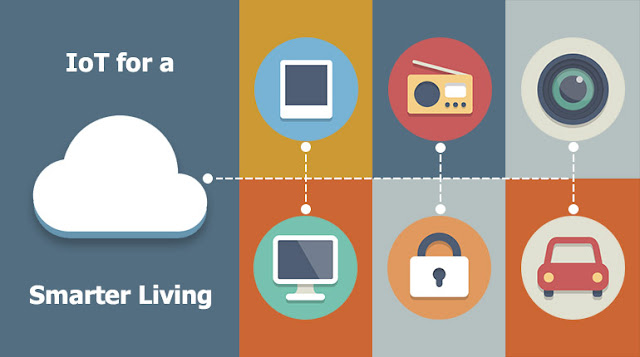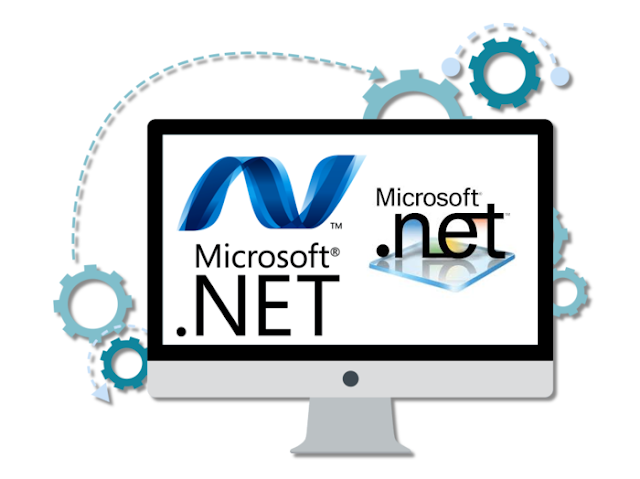IoT, is everywhere—in your office, phone, house, vehicles, and now it’s driven straight into your doctor’s clinic. The Internet of Things, of course, takes different forms in all these areas, but the effect has more or less been similar—how easily we’ve been doing things around, and quick! The technology has substituted the conventional and obsolete ways of doing things, be it automating the daily chores to connecting millions of devices across the globe. We’re evolving ourselves as the technology is becoming imperative in our lives for the better. One example is the global reform in the healthcare sector. Remember the days when driving your way to the doctor was the only option they could treat you. Sometimes, you skipped the visit and ended up medicating yourself if the clinic was miles away from your place. Now, you can consult the physician over a telephonic or video call and get the work done instantly. You no more have to wait for weeks to fix an appointment. How simpler could it get? Well, the IoT services developed by the IoT app development companies are to be thanked for contributing to the innovation and catalyzing advancement to the technology.
More ideas are hanging up there that's yet to be conceived, taking the world up another level. Until then, let’s check out what’s already in the store that has taken the healthcare industry by storm.
Telemedicine
Video calling is no more limited to just talking to your family or friends. Even the doctors today are relying more on teleconferencing to consult the expert doctors. They say it helps them diagnose more patients (especially those who’re remote) being online. They can deliver quality treatment on time that helps patients convalesce speedily. Video conferencing allows the medical specialists to train the new employees across different hospitals simultaneously. One of the biggest advantages is that a medical expert sitting miles away can watch and emulate a live surgery without causing interruption, thus, saving a valuable life on time. All in all, it aids in saving time & cost of travel, sharing knowledge, making informed decisions, and improving doctor-patient relationship—all conducive to augmenting productivity in the healthcare business.
Drones
These tiny, flying robots offer a host of benefits. The drones are extensively being used to deliver healthcare and medical supplies like pharmaceuticals, vaccines, and blood to the rural, underdeveloped and developing regions. Such use of drones addresses the issue of resource imbalance across the periphery. Drones and telemedicine are likely to merge into a solution in the coming years, and the convergence is intended to provide valuable information during the medical emergencies and varying circumstances.
Fitness Wearables
A fair share of consumers today are quitting the conventional watches and switching over to smartwatches. Reason being that these devices comprise of inbuilt heart rate, step count, and sleep trackers that enable you to monitor your daily activities and overall health. These watches are connected to your smartphones that follow your steps wherever you go, and give you accurate data analytics. It’s not limited to the smartwatches. There are peripherals and smartphone accessories that extend the competencies of smartphones for at-home healthcare uses. The healthcare industry is betting money on diverse mobile wearables that predict post-surgical complications, warn early on foreseen cardiac arrest, and provide valuable information of patients for them to be treated in a better way. As the devices’ information is shared with the providers in real-time, a timely intervention and rapid start of the treatment can make a lot of difference. These devices are not just a vogue, rather important diagnostic and precautionary tools to enhance the healthcare industry.
Robots
Robots are a vital part of any complicated surgical procedures these days. The surgeons can manipulate a robot from a central location to perform a surgery skillfully. Also, it doesn’t require much medical personnel to be present during the operation. Besides, certain complex procedures like urethra suturing during prostate cancer surgery require highest skills and care to operate as the urethra is so tiny and delicate. In such cases, small robotic extensions can be built to go to the places where a human hand finds trouble reaching. Thus, it lowers the possibilities of complications and recuperation time of patients.
Round-up
The advancement in the technologies has allowed the medical practices to be available and accessible for rural applications more quickly than deploying healthcare workforce. The technology does carry its demerits, but, that largely depends on the purpose and how we put it into use. If we capitalize this adaptable technology at the right place and right time, it’s sure to captivate us with its rewards and a better future just around the corner. Until then, it’s no harm we see.










